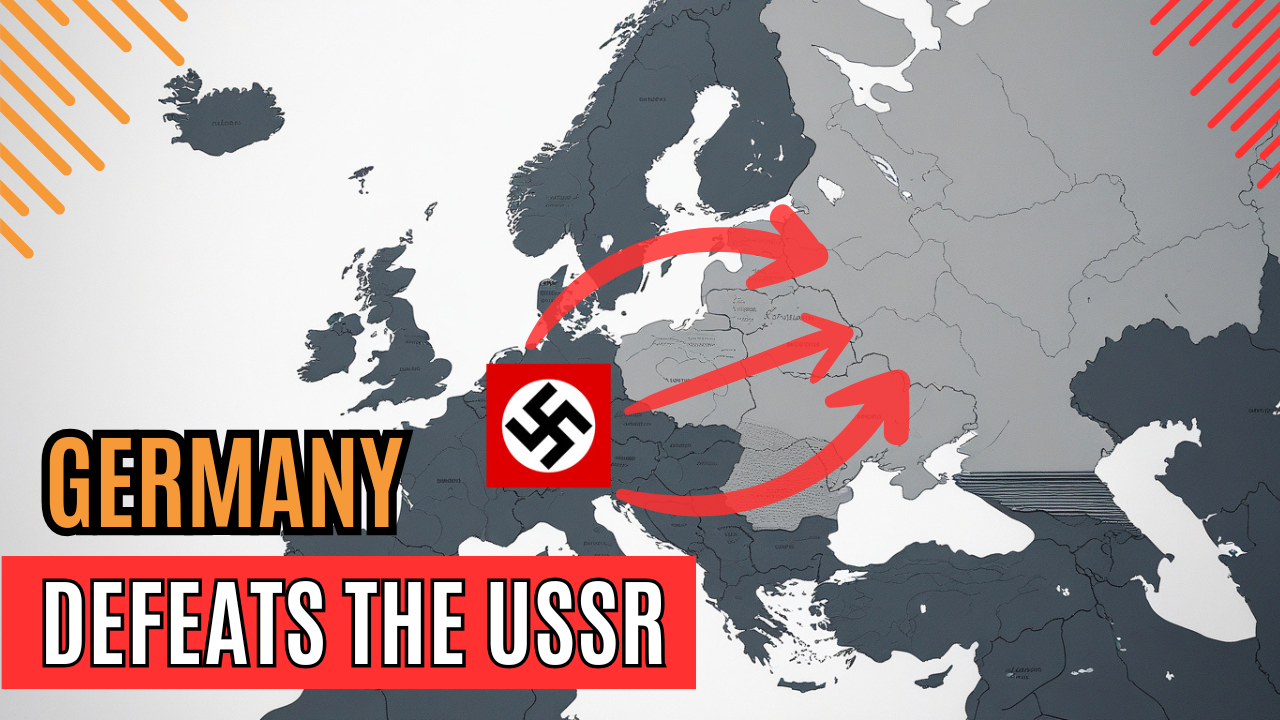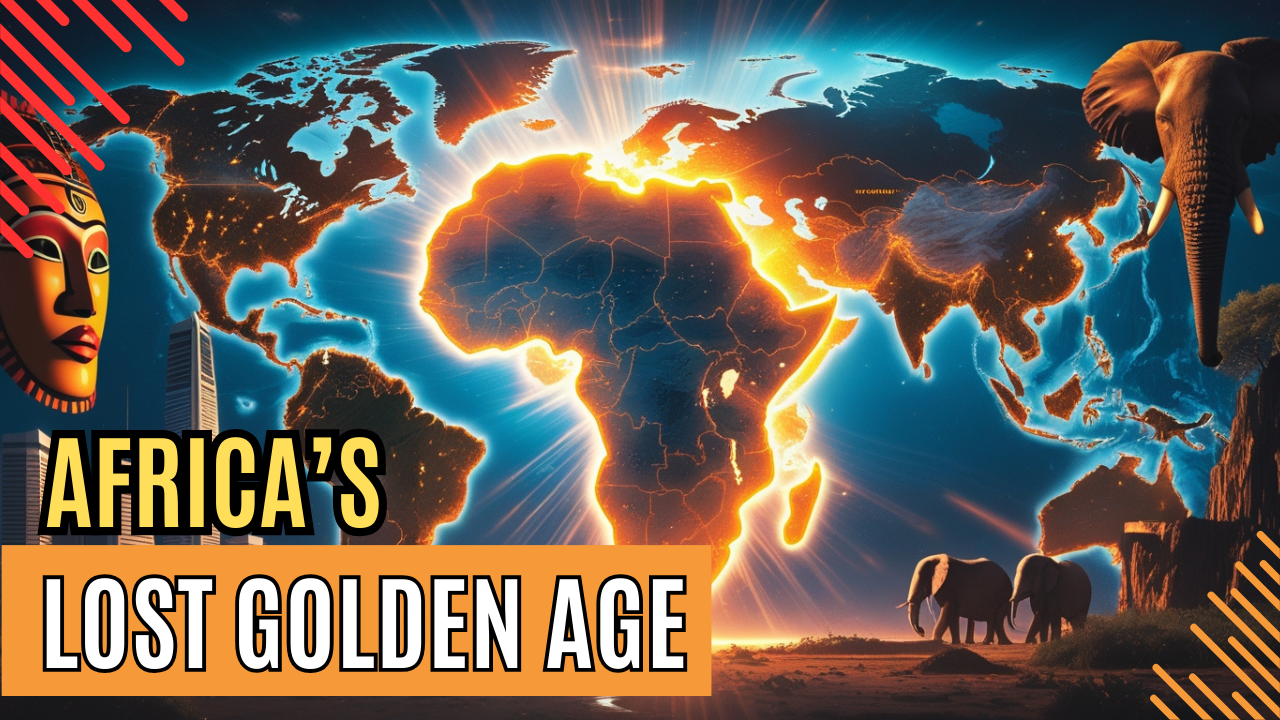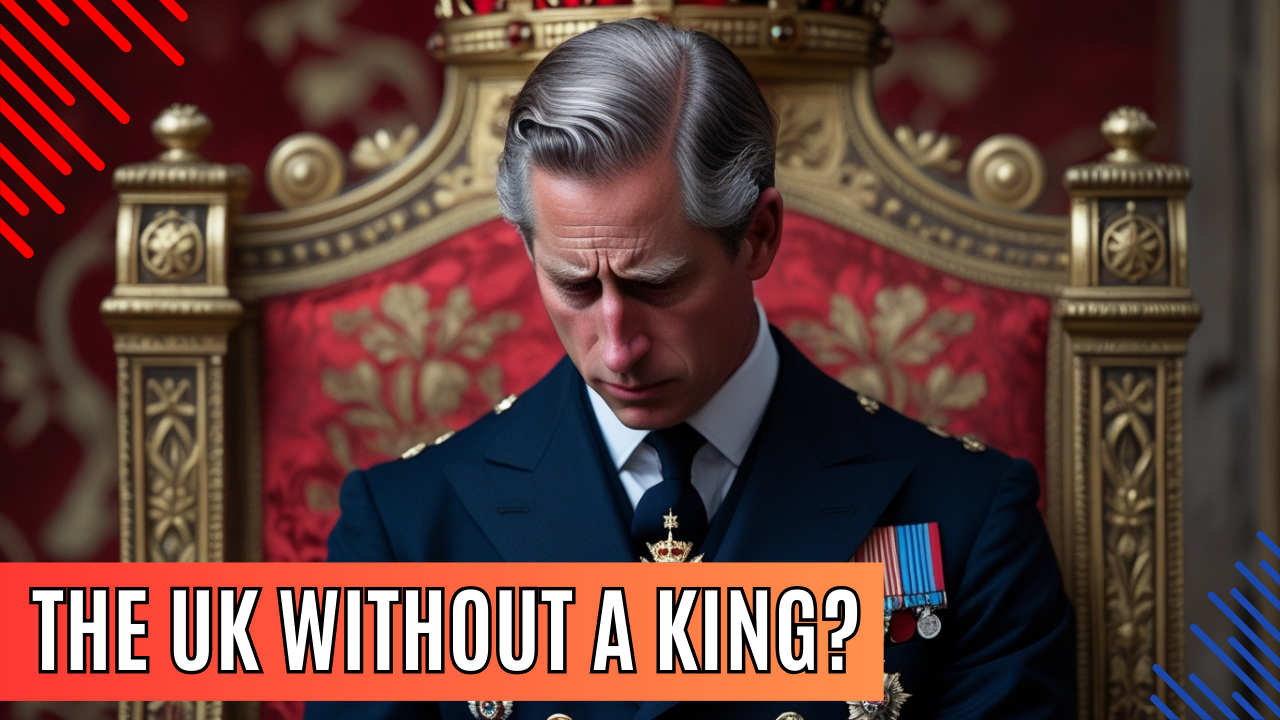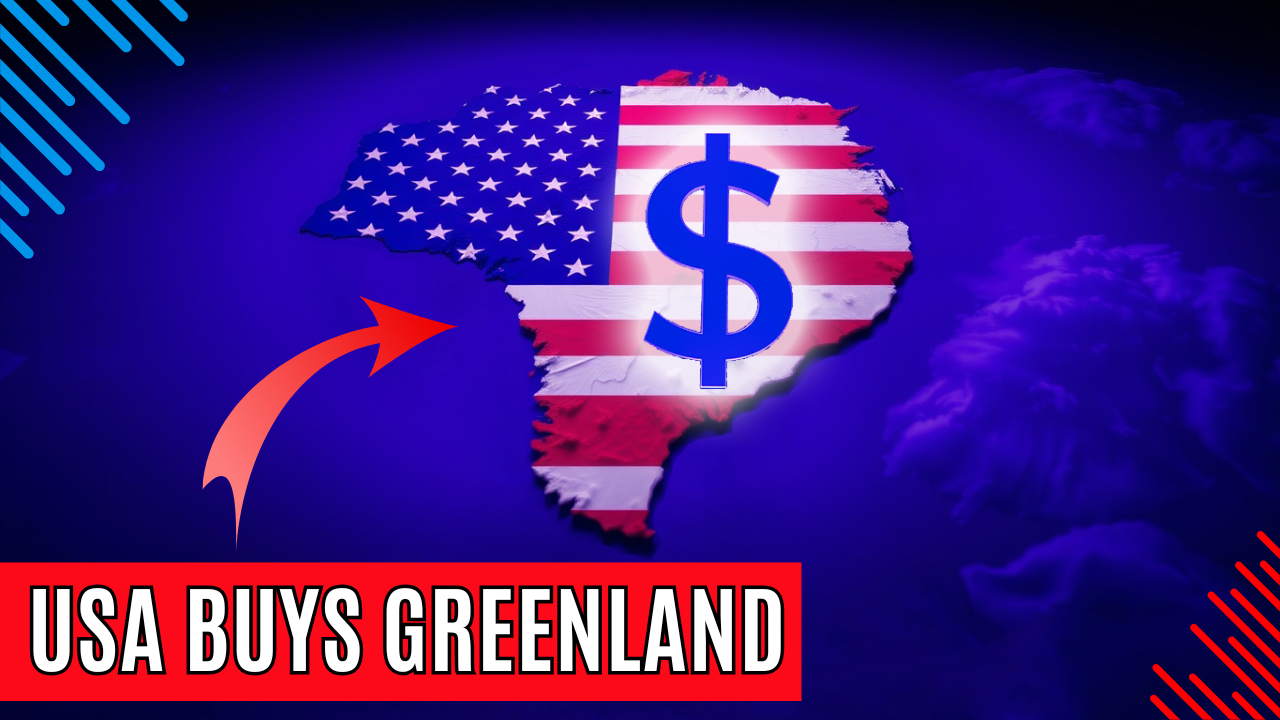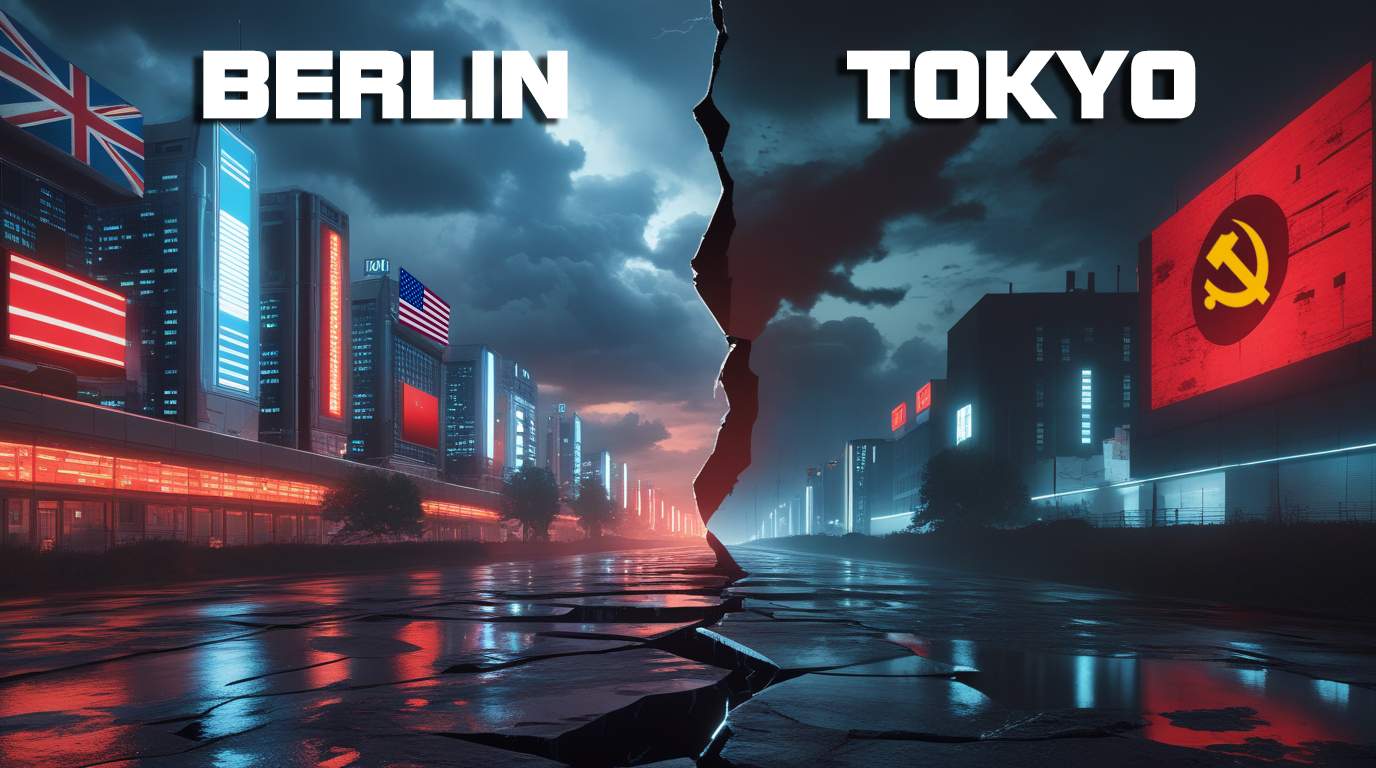What If Nazi Germany Captured Leningrad and Stalingrad in WW2?
World War 2 was a conflict defined by pivotal moments—turning points that shaped the course of history. Among these, the battles for Leningrad and Stalingrad stand out as some of the most brutal and consequential. The Soviet Union’s ability to hold these cities against the Nazi onslaught not only halted the German advance but also turned the tide of the war. But what if the outcome had been different? What if the Nazis had succeeded in capturing Leningrad and Stalingrad? How would this have altered the trajectory of the war, the fate of the Soviet Union, and the post-war world? This is the story of a chilling alternate history—one where the Eastern Front collapses, and the Axis powers gain the upper hand. Before we start, please like this video and subscribe to Uncharted History for more fascinating history scenarios like this! Historical Context – The Eastern Front To understand the significance of this hypothetical scenario, we must first revisit the historical context. In June 1941, Nazi Germany launched Operation Barbarossa, the largest military invasion in history, targeting the Soviet Union. The Eastern Front quickly became a theater of unimaginable brutality, with millions of soldiers and civilians caught in the crossfire. Two cities emerged as critical flashpoints: Leningrad, the cultural and industrial heart of the Soviet Union, and Stalingrad, the gateway to the oil-rich Caucasus region. Both cities symbolized Soviet resistance and became focal points of the Nazi war machine. The Siege of Leningrad – A City Under Siege Let’s begin with Leningrad. In September 1941, German forces encircled the city, initiating a siege that would last nearly 900 days. The Siege of Leningrad was one of the longest and most destructive in history, with over a million civilians perishing from starvation, bombardment, and disease. Yet, despite the unimaginable suffering, the city held out. Soviet resilience and ingenuity—such as the ‘Road of Life’ across frozen Lake Ladoga—kept Leningrad alive. But what if the Nazis had broken through? What if Leningrad had fallen? The Hypothetical Fall of Leningrad If Leningrad had fallen, the consequences would have been catastrophic. Strategically, the city was a vital industrial hub and a key port on the Baltic Sea. Its capture would have severed Soviet supply lines and given the Germans control over critical resources. Militarily, the loss would have demoralized the Red Army and weakened Soviet defenses across the northern front. But the impact would have gone beyond the battlefield. Leningrad was a symbol of Soviet resistance—a city that embodied the spirit of defiance against fascism. Its fall would have been a devastating psychological blow, potentially undermining public confidence in Stalin’s leadership and sowing dissent among the Soviet populace. Humanitarian Catastrophe Under Nazi Occupation The humanitarian consequences would have been equally dire. The Nazis viewed the Slavic population as subhuman, and their occupation policies were ruthlessly genocidal. In this alternate timeline, the people of Leningrad would have faced mass executions, forced labor, and starvation on an even greater scale than during the siege. The city’s cultural heritage—its museums, libraries, and landmarks—would have been systematically destroyed, erasing centuries of history. The fall of Leningrad would not only have been a military defeat but also a cultural and humanitarian catastrophe. The Battle of Stalingrad – A Turning Point Now, let’s turn to Stalingrad. The battle for this city, fought between August 1942 and February 1943, was one of the bloodiest in human history. Over two million soldiers and civilians were killed, wounded, or captured. The Soviet victory at Stalingrad marked a turning point in the war, halting the German advance and beginning the long, grueling push toward Berlin. But what if the Nazis had won? What if Stalingrad had fallen? The Hypothetical Fall of Stalingrad If Stalingrad had fallen, the strategic implications would have been immense. The city was a critical transportation hub on the Volga River, and its capture would have given the Germans access to the oil fields of the Caucasus. With these resources, the Nazi war machine could have sustained its operations for years, prolonging the war and potentially shifting the balance of power in Europe. The psychological impact on the Soviet Union would have been equally devastating. Stalingrad was a symbol of Soviet resilience—a city that bore the name of Stalin himself. Its loss would have been a crushing blow to morale, both on the front lines and at home. Socio-Political Ramifications The socio-political consequences of losing Stalingrad would have been profound. The Soviet leadership’s legitimacy was built on the narrative of defending the homeland against fascist aggression. A defeat at Stalingrad could have undermined this narrative, leading to internal dissent and potentially destabilizing the Soviet regime. The loss might have also emboldened Axis-aligned nations, such as Turkey and Japan, to join the war against the Soviet Union, further complicating the Allied war effort. Alternate Historical Outcomes In this alternate timeline, the fall of Leningrad and Stalingrad would have reshaped the course of World War 2. With these key cities under Nazi control, the Soviet Union would have been forced onto the defensive, struggling to hold onto its remaining territory. The Eastern Front, already a brutal and unforgiving theater of war, would have become even more dire. The loss of industrial capacity and resources would have crippled the Soviet war effort, while the psychological toll of defeat could have fractured the Soviet Union from within. Impact on Allied Strategy The ripple effects would have extended beyond the Eastern Front. The Allies, particularly the United States and the United Kingdom, relied on the Soviet Union to bear the brunt of the fighting against Nazi Germany. A weakened Soviet Union would have forced the Allies to rethink their strategy, potentially delaying the opening of a second front in Western Europe. The Lend-Lease program, which provided critical supplies to the Soviets, might have been scaled back, further exacerbating the Soviet Union’s difficulties. […]
What If Nazi Germany Captured Leningrad and Stalingrad in WW2? Read More »

